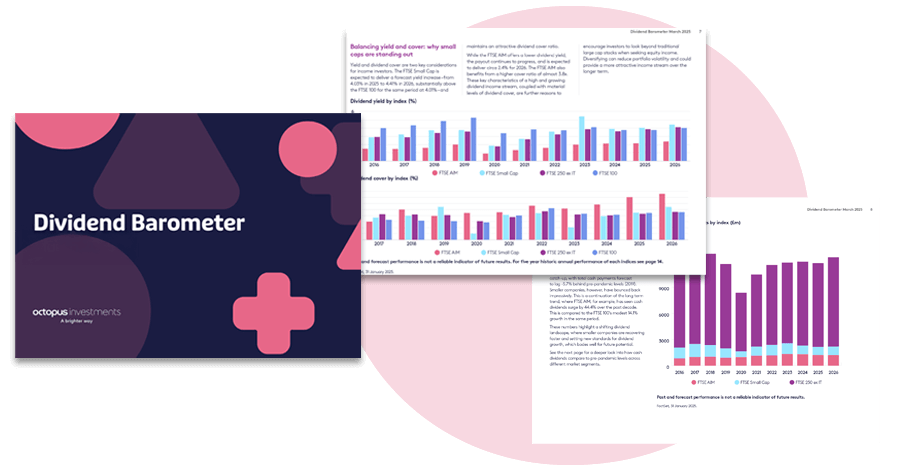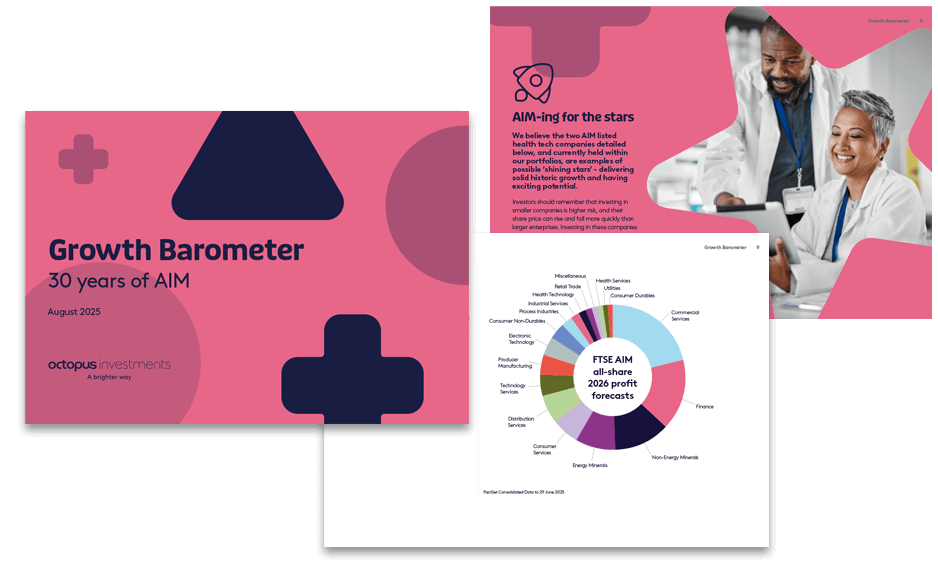WhitepaperInheritance tax
What is a chargeable lifetime transfer?
Chargeable lifetime transfers
Last updated: 5 December 2024
What is a chargeable lifetime transfer?
Transfers by an individual which are not potentially exempt transfers (PETs) will be chargeable lifetime transfers (CLTs). The main category of affected transfers will be transfers into any kind of trust, except those for the maintenance of a vulnerable beneficiary.
The value by which the donor’s estate reduces on making the transfer will be subject to an immediate lifetime inheritance tax (IHT) charge. Additional charges may arise as explained below.
Inheritance tax calculations for chargeable lifetime transfers
Inheritance tax calculations for chargeable lifetime transfers
When an individual makes a CLT into trust, there are effectively three separate IHT calculations that should happen.
1. At point of in-life gift: chargeable lifetime transfers:
- Where the value of the CLT is greater than the nil rate band (NRB), a CLT charge at 20% should arise. If the value is below the nil rate band (NRB), no IHT should arise.
- This does not impact the transferable NRB.
- Taper relief is not available.
Note any other CLT made seven years before the CLT, should reduce the NRB available when calculating the IHT due on the CLT in question. Explore our 14-year rule whitepaper which shows an example.
2. Death within seven years of a chargeable lifetime transfers: An additional charge on death for lifetime transfers
- In effect the NRB is reset for this calculation to £325,000. Where the value of the CLT is greater than the NRB, an additional charge on the CLT at 40% should arise.
- Taper relief may be available to reduce the rate of IHT (see below).
- Any CLT already paid on the in-life gift should be deductible.
Explore our discretionary trust whitepaper which shows an example of this calculation.
Any failed PET (i.e. a PET within seven years of death) or other CLT made seven years before the CLT, should reduce the NRB available when calculating the IHT due on the CLT in question.
3. Death within seven years chargeable lifetime transfers: Death estate IHT calculation
- The value of the CLT should be added to the value of the settlor’s death estate for the IHT calculation.
- For this death estate calculation, in effect the NRB is reset again to £325,000. The NRB will first be set off against the value of CLT before the remainder is deducted against the remaining chargeable estate.
- Taper relief should not available.
- Any IHT already paid either on the CLT at gift, or the additional charge, should not be deductible.
A Business Relief-qualifying asset held for two years and gifted into trust should not give rise to CLT charge on gift, or additional charges on death, even if the donor died within seven years. This is provided the trust continues to hold the BR asset at the time the donor dies.
Further charges may arise on assets in trust when:
- The trust ceases and all the assets are transferred to the beneficiaries.
- Assets are provided to beneficiaries but the trust continues.
- Once the trust reaches its ten-year anniversary.
Explore our discretionary trust whitepaper for more details.
Ask Octopus
Do you have a question about inheritance tax and estate planning?
Use our free helpdesk to Ask Octopus

Taper relief and chargeable lifetime transfers
Taper relief and chargeable lifetime transfers
Where the donor survived for three years from the date of a gift, but less than seven years, taper relief will reduce the 40% inheritance tax additional charge on the transfer into trust as follows:
| Years from date of gift | Reduction in inheritance tax due |
| 3-4 | 20% |
| 4-5 | 40% |
| 5-6 | 60% |
| 6-7 | 80% |
Tax legislation, rates and allowances are correct at time of publishing for the tax year 6 April 2025 – 5 April 2026.
From 6 April 2026, a 100% IHT relief will continue for the first £1 million of combined agricultural and unquoted Business Relief qualifying property (e.g. sole traders, partnerships, unquoted companies). Amounts over the £1 million will attract 50% IHT relief. Business Relief qualifying companies listed on the Alternative Investment Market (AIM), will attract 50% IHT relief irrespective of the investment amount.
Inheritance tax (IHT) calculator
Related resources
Related resources
IHT Toolkit
You can educate and nurture clients with these resources when having conversations about estate planning using this handy Toolkit.






